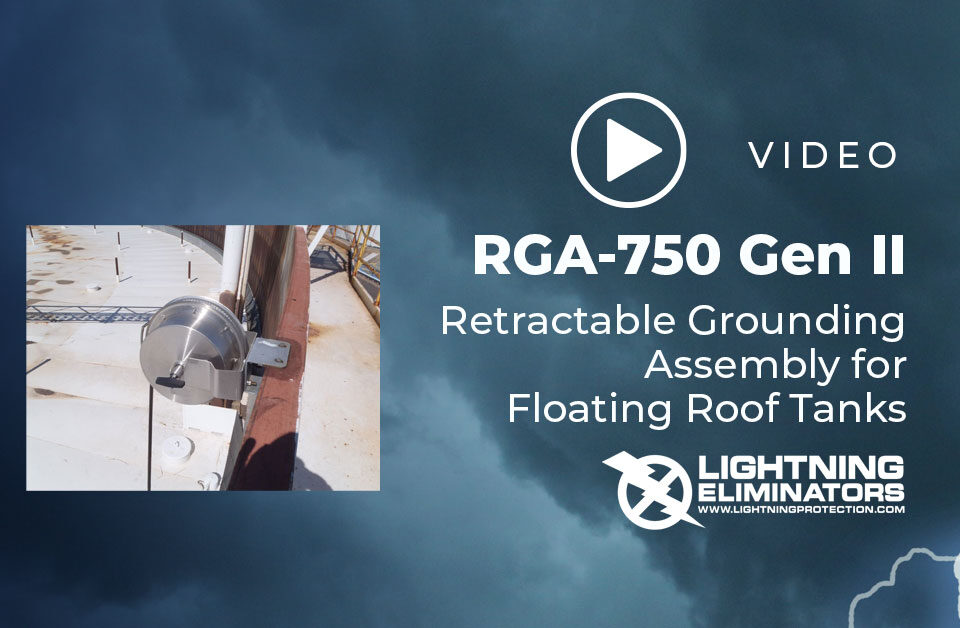- We Prevent Lightning Related Problems.
No. 1 Fully Integrated Lightning Protection Solution Provider for Telecommunication Industry
November 17, 2021The Importance of Grounding Rods in the Communication Industry
November 29, 2021A Proactive 4 Point Lightning Protection Design Plan for Telecommunication Industry
A Proactive 4 Point Lightning Protection Design Plan for Telecommunication Industry
Lightning happens! While it can be a spectacular phenomenon to witness, it can also cause damage to property, structures, and even be fatal to human life. Without a doubt, expenses from lightning damage can be substantial—especially for companies whose equipment is installed on tall structures.
LEC engineers can help protect telecom facilities from the dangers associated with lightning strikes using a four point lightning protection design plan.
Step 1
Dissipate the Lightning Strike
The Dissipation Array System (DAS), generically known as a charge transfer system (CTS), is the only lightning strike prevention system. That is, the system prevents the termination of lightning strikes within any area defined as “protected”. Since the objective of DAS is to prevent lightning strikes to a protected area, the system design accomplishes three sub-objectives. These are (1) preventing any protected site or structure from generating an upward moving leader, (2) delay progress of the descending lightning leaders into the protected area, and (3) suppressing any upward rising streamers from the protected site or structure.
Step 2
Down Conductors
The function of the down conductor is to collect the charge induced on the area or facility to be protected, conduct the collected charge to the ionizer, providing a low surge impedance path in the process. Finally to transfer the collected charge to the adjacent air molecules via a principle known as “point discharge.” The resulting ions make up what is known as “space charge”, a mixture of charged and uncharged particles. This space charge forms a buffer between the protected site and the storm cell. The result of this buffering effect is a reduction of the electrostatic field at and below the DAS.
Step 3
Grounding system
For telecommunication sites our patented Chem-Rod grounding rod has been proven to be the best grounding (earthing) solution of all the electrodes available. The Chem-rod is so efficient that even one such rod can replace up to ten standard ground rods.
Also available is LECWELD – it’s an easy and efficient field welding system, requiring no outside power source or equipment for lightning safety installations.
Additionally, our Ground Augmentation Fill (GAF) is a specially formulated to help create low resistance earth interface, making lightning protection design plan easier and less expensive.
Step 4
Protect incoming AC and DC power feeders from surges and transients
Grounding controls many safety and noise considerations at a telecommunications facility. However, grounding alone does not fully prevent a transient or surge to the facility from outside. Surge protection devices are needed to mostly alleviate this concern. LEC has UL listed products like Facility Guard, Transient Limiters, DC surge protectors, etc. There are also low voltage data lines and telecommunication protection products like TE500, DLP, and CLP.
Lightning is unpredictable. Implementing our proactive 4 Step lightning protection design plan can lessen the risks that lightning pose to your telecommunications facility.
Contact us to learn more.

